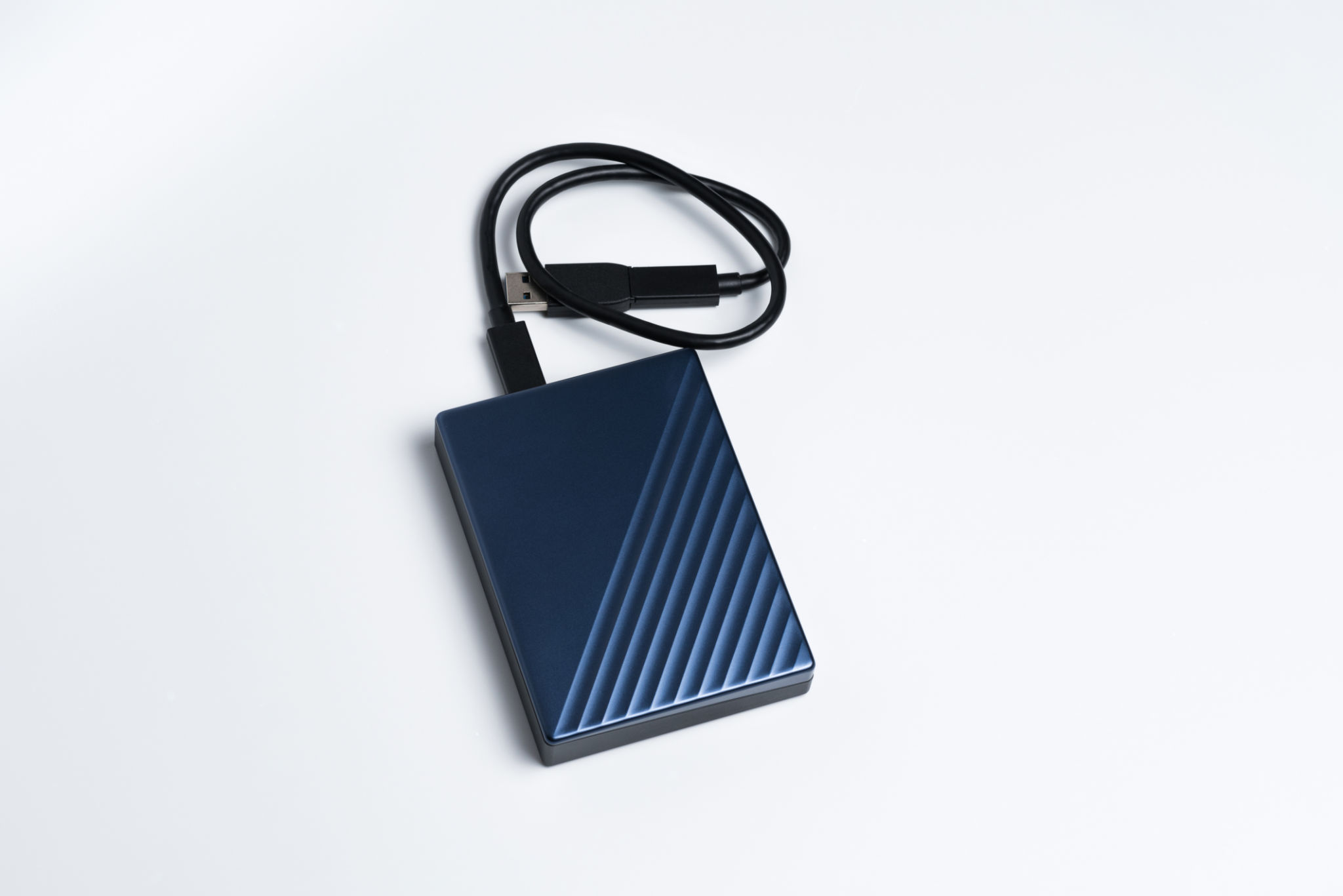Understanding the Latest Innovations in Computer Hardware
Al
Introduction to Computer Hardware Innovations
In recent years, the pace of innovation in computer hardware has accelerated, revolutionizing how we interact with technology. From enhanced processing power to cutting-edge graphics capabilities, these advancements are setting new standards in performance and efficiency. Understanding these innovations is essential for anyone looking to keep up with the rapidly changing tech landscape.

Advancements in Processors
Processors, often referred to as the "brains" of a computer, have seen significant improvements. The latest processors are built on smaller nanometer architectures, allowing more transistors to be packed into the same space. This results in faster computing speeds and improved energy efficiency. Companies like Intel and AMD continue to push the boundaries with their new chip designs.
One of the most remarkable developments is the introduction of hybrid architectures, which combine high-performance cores with energy-efficient cores. This design optimizes performance for multitasking, gaming, and other demanding applications while conserving power during less intensive tasks.
The Rise of Graphics Processing Units (GPUs)
Graphics Processing Units have evolved beyond mere graphics rendering to become crucial components in various computational tasks. Modern GPUs are essential for gaming, video editing, and even artificial intelligence applications. Brands like NVIDIA and AMD are at the forefront of this evolution, offering GPUs that deliver unparalleled graphical fidelity and computational power.

Ray tracing technology is a significant leap forward, providing realistic lighting effects by simulating how light interacts with objects in a virtual space. This has transformed visual experiences, particularly in video games, offering a level of realism previously unattainable.
Memory and Storage Enhancements
The shift from traditional Hard Disk Drives (HDDs) to Solid State Drives (SSDs) marks a significant upgrade in storage technology. SSDs offer faster data access speeds, reduced load times, and increased durability due to the absence of moving parts. NVMe (Non-Volatile Memory Express) technology further enhances SSD performance by minimizing latency and maximizing throughput.
In terms of memory, DDR5 RAM is making its way into consumer devices, promising higher bandwidth and improved energy efficiency compared to its predecessor, DDR4. This new generation of RAM is particularly beneficial for data-intensive applications and multitasking environments.

Innovations in Connectivity
Connectivity has also seen substantial improvements with the introduction of Wi-Fi 6 and beyond. These new standards offer faster speeds, lower latency, and the ability to handle more devices simultaneously. This is particularly important as the number of connected devices in homes and workplaces continues to grow.
Additionally, Thunderbolt 4 and USB4 ports are enhancing data transfer speeds and connectivity options, providing users with more flexibility in how they connect their devices. These advancements support multiple peripherals and enable faster charging for mobile devices.
Conclusion
The latest innovations in computer hardware are reshaping the technological landscape, paving the way for new possibilities in computation and connectivity. As these technologies continue to evolve, staying informed about their development will be crucial for both consumers and professionals alike. Embracing these advancements ensures that users can fully leverage the capabilities of modern computing systems.